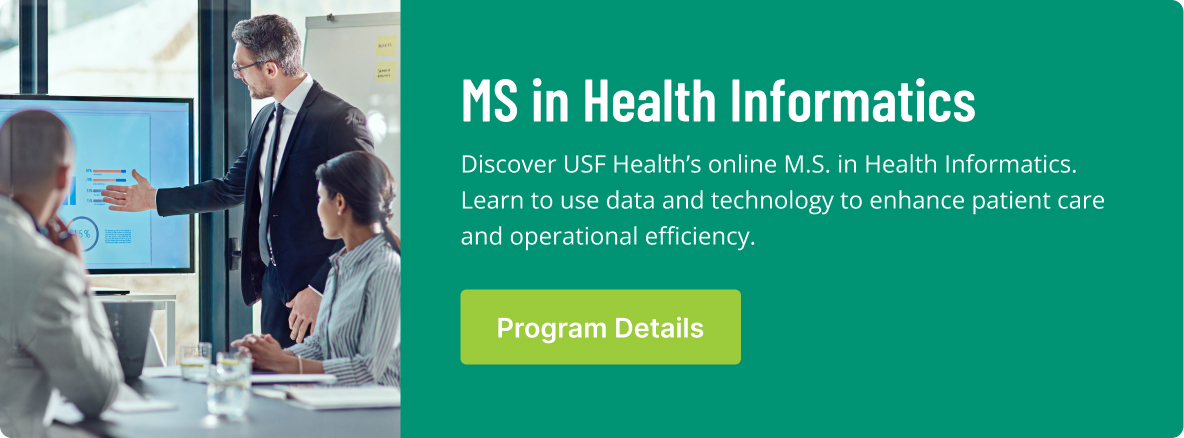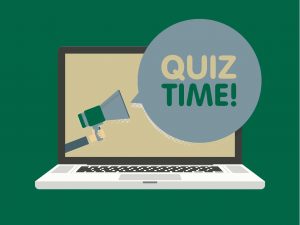Health informatics has emerged as one of the fastest-growing segments of the information technology and computer science industries, according to a new report that projects large increases in the health informatics market over the next decade.
According to Precedence Research, the global healthcare informatics market size is expected to be worth around $104.8 billion by 2032, expanding growth at a CAGR of 12.3% from 2023 to 2032.
Factors driving the growth include an expanding economy, rising urbanization and globalization. Because health informatics solves challenges by applying technology, the growth in healthcare and the industry-wide trend to make operations more efficient and effective are also driving the market.
Why Health Informatics Is Growing
As with many other industries, healthcare providers are swamped with data. As noted by the American Health Information Management Association (AHIMA), not all data is created equally and “technology implementation alone is not enough to improve the healthcare provided to patients.”
That’s where health informatics makes a difference. Health informatics systems handle the organizing, storing, integrating and retrieving of medical and patient information. This includes electronic health record systems, as well as information gathered from new technology such as wearable devices and patient monitoring systems.
Growth is happening in health informatics because software does a better job not only at gathering and organizing this information, but also in digesting and interpreting information faster than medical personnel can do it, according to the AHIMA.
Future Areas of Growth Within Health Informatics
The large increase in the health informatics market is not happening in just one area, but in many. Here are some of the areas where market growth is increasing significantly.
Wearable Medical Devices
Wearable medical devices allow clinical staff to remotely monitor a patient’s vital signs and gather other information. It works on a platform that makes it easy for patients and clinicians to communicate quickly via text, calls and video links.
An example of a company excelling in this area is Medtronic, which recently received federal Food and Drug Administration approval for a glucose monitoring device called the Guardian Connect Continuous Glucose Monitor, according to MedGadget.
The Patient Monitoring Market
Patient monitoring devices track a patient’s health and support better treatment decisions. They also track progression of a disease while the patient is undergoing treatment. They are most frequently used with older patients, both in hospitals and remotely.
An aging global population is driving the growth in patient monitoring devices, according to Global News Wire. That’s led to an increase in the need for such devices in hospitals, clinics and home healthcare.
That growth shows no sign of slowing. The United Nations estimates that about 13% of the world population was over the age of 60 in 2017. That number is expected to grow 3% each year. In North America, the number of people over 60 is expected to increase to 22% by 2050.
Clinical Informatics
There is significant growth in the clinical informatics market, which is projected to have a global market of $33.31 billion by 2023, according to Kenneth Research.
Clinical informatics combines information technology and informatics, offering better interoperability between health data systems. This can lead to more efficient data management, improving physician treatment decisions with real-time information.
Though clinical informatics has been big since the 1970s, it exploded after a mandate was passed by the U.S. Congress in 2009 mandating that medical providers convert from paper to digital systems.
Growth in these areas and others related to health informatics is expected to continue in the coming decades. Health informatics provides an attractive career option for those with the ambition to work with cutting edge technology.




